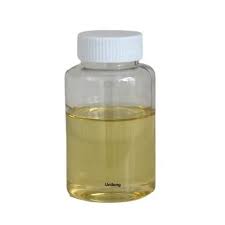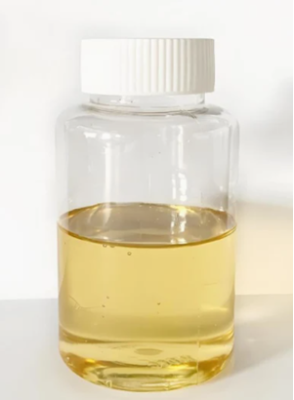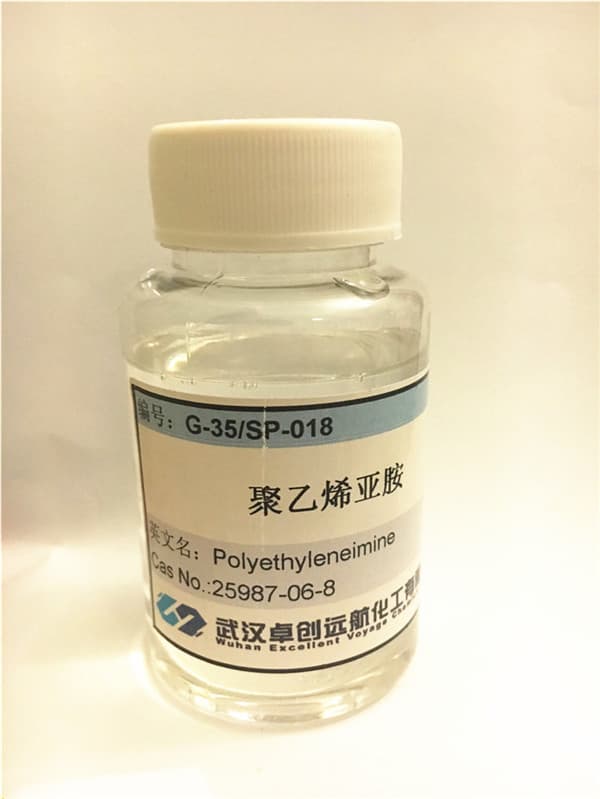Description
Polyethyleneimine: A Versatile Polymer with a Wide Range of Applications
Polyethyleneimine (PEI) is a synthetic polymer prized for its unique properties, particularly its high density of amine groups. This characteristic makes it incredibly versatile and useful in a diverse range of applications, from biomedical research to industrial wastewater treatment. Understanding the structure and properties of PEI allows us to appreciate its widespread adoption across various fields.
What is Polyethyleneimine?
PEI is a polymer built from repeating units of ethylenimine, also known as aziridine. The core of its functionality lies in its chain of repeating nitrogen atoms within the polymer backbone, each capable of being protonated. This results in a high positive charge density at low pH, making PEI an effective cationic polymer.
There are two main types of PEI:
- Linear PEI: As the name suggests, this type has a linear structure. While theoretically simpler, linear PEI is more difficult to synthesize and often contains imperfections.
- Branched PEI: This type possess a complex, highly branched structure. It’s more commonly used due to easier synthesis and its availability in a wide range of molecular weights.
The molecular weight of PEI significantly impacts its properties and applications. Higher molecular weight PEI generally exhibits stronger interactions with other molecules, while lower molecular weight versions can be more easily processed and formulated.
Key Properties of PEI:
Several crucial properties contribute to PEI’s diverse applications:
- High Cationic Charge Density: The abundance of amine groups allows PEI to bind strongly to negatively charged molecules like DNA, RNA, proteins, and anionic surfaces. This makes it an excellent complexing agent.
- pH-Responsive Properties: The protonation of amine groups is highly pH-dependent. This sensitivity allows PEI to change its charge and conformation according to the surrounding environment.
- Adhesion Properties: PEI exhibits good adhesion to a variety of surfaces, including metals, plastics, and biological materials.
- Water Solubility: Generally soluble in water, PEI can be modified to alter its solubility and compatibilize it with other materials.
Applications Across Diverse Fields:
PEI’s unique properties have led to its adoption in numerous and varied applications:
- Gene Delivery: One of the most prominent uses of PEI is in gene therapy. Its positive charge allows it to complex with negatively charged DNA, forming nanoparticles that can be taken up by cells. This allows researchers to deliver therapeutic genes into target cells. However, its toxicity remains a concern, prompting research into modified and less toxic PEI derivatives.
- Transfection Reagent: Similar to gene delivery, PEI is used as a transfection reagent to introduce DNA or RNA into cells for research purposes, such as studying gene function and protein expression.
- Wastewater Treatment: PEI is used as a flocculant or coagulant in wastewater treatment. Its positive charge helps it bind to negatively charged pollutants and contaminants, causing them to clump together and precipitate out of the water.
- Adhesives and Coatings: PEI’s adhesive properties make it useful in formulating adhesives and coatings for various substrates. It can improve the adhesion of inks, paints, and other coatings to surfaces.
- Paper Industry: In the paper industry, PEI is used as a wet-end additive to improve paper strength, retention of fillers and fibers, and drainage rates.
- Biomaterials: PEI is investigated for use in biomaterials, such as scaffolds for tissue engineering and drug delivery systems. Its biocompatibility and ability to interact with cells make it a promising material in this field.
- Detergents and Cleaning Agents: PEI can be incorporated into detergents and cleaning agents to enhance their cleaning power by binding to dirt and grime.
- CO2 Capture: Modified PEI has shown promise in capturing carbon dioxide from industrial flue gases, contributing to efforts to mitigate climate change.
Challenges and Future Directions:
Despite its many advantages, PEI faces certain challenges:
- Toxicity: High concentrations of PEI can be toxic to cells, especially in gene delivery applications. Researchers are actively working on modifying PEI to reduce its toxicity while maintaining its effectiveness.
- Batch-to-Batch Variability: The branched structure of PEI can lead to batch-to-batch variations in molecular weight and branching patterns, which can affect its performance.
- Controlled Degradation: The stability of PEI can be an issue in some applications where controlled degradation is desired.
Future research is focused on:
- Synthesizing less toxic and more biocompatible PEI derivatives
- Developing more controlled synthesis methods to reduce batch-to-batch variability
- Designing PEI-based materials with specific properties for targeted applications
- Exploring new applications in areas such as energy storage and catalysis
Conclusion:
Polyethyleneimine is a remarkable polymer with a wide range of applications spanning biomedicine, environmental science, and industry. Its high cationic charge density, pH-responsiveness, and adhesive properties make it a versatile material for diverse purposes. While challenges remain regarding its toxicity and variability, ongoing research and development are constantly pushing the boundaries of PEI’s potential, promising even more innovative applications in the future. Understanding the fundamental properties and applications of PEI is crucial for researchers, engineers, and scientists working in these various fields.












Reviews
There are no reviews yet.